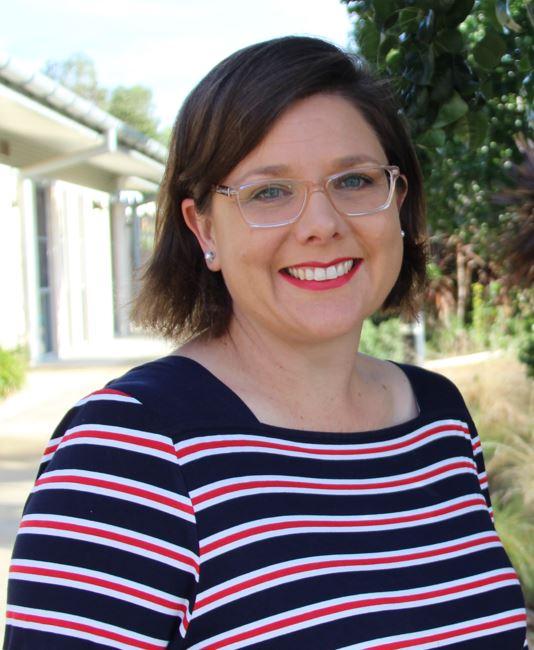Curriculum

We welcome Mr Stephen Lawson who joined the McCarthy community this year as a Leader of Pedagogy. Stephen comes to us with an extensive history in mathematics education across a variety of schools in Sydney and Tamworth and we look forward to working with him.
Recently Mr Whelan sent a letter to parents and carers of Years 7 & 8, outlining the importance of Literacy and Numeracy as the keys to effective learning in secondary school. The letter explained that each student has access to structured reading and numeracy homework, four nights a week, with limited homework given in other subjects. Please support this accessible, purposeful work to become a regular feature of the school-day evening.
Our Mathematics faculty is taking a collaborative approach to change what many might expect a Mathematics lesson looks like. We are taking advantage of some of the larger teaching spaces in the College to combine groups of students and teachers. We are seeing students sharing ideas with each other and accessing teachers for feedback either individually or as a group. As the year progresses we will target groups of students within the larger classes when we identify gaps in their understanding. A lot of this work is ongoing with the current Year 8 cohort. It is not limited to this group and other years have also been experiencing this in their lessons.
The 2022 Year 11 Assessment Schedule has been added to the college website and will be shared with students on Friday. A link to this assessment schedule is provided here in the newsletter.
STUDY SKILLS TIP FOR MARCH: Prioritising using Rock, Pebbles, Sand
Do you ever find that you spend a long time doing little fiddly things then find that you have no time left for the larger tasks you need to get done?
Try this experiment. Take a jar, some rocks, some pebbles, and sand. What happens if you put the sand in first then the pebbles? The rocks won’t fit. But if you do it the other way, put the rocks in first, then pop in the pebbles around the sides of the rocks, then sprinkle in the sand it all fits in no problem at all.
What does this mean? It is an analogy for how to make the most of blocks of time. If you do the big tasks first (the rocks), you will find time for the smaller tasks (the pebbles) and you’ll easily sprinkle in the sand (the little fiddly things). So if you deal with the rocks first you’ll still find time for the other tasks to fit around it.
But it doesn’t work the other way. If you deal first with the minutiae, the small things, you end up giving short shrift to the more important tasks and deplete your energy on these little things. And the little things will expand to fill the time available.
If you find this technique too challenging, you can set yourself a strict half-hour or so to knock over as many of the little things as possible before you start. Once time is up, you then use the block of time to work on the big important tasks. So draw up a table with 3 columns and put all your work into these columns
- ROCKS are the important and urgent tasks.
- PEBBLES are the tasks that may also be important but are not as urgent.
- SAND is the little fiddly tasks that you can slot in anywhere.
Do the rocks first, then the pebbles, then the sand.
Another approach you might like to try is the Rule of Three.
Rule of Three Technique:
- Circle the top 3 tasks that need to be done. What is most important and most urgent?
- Put them in order from 1 to 3.
- Start at the first task and complete it before moving on to the second.
- Once all three tasks are completed, look through your list again to choose the new top 3 tasks.
- Don’t cheat yourself – you have to complete fully the first task before moving to the second.
First, write a list of everything you need to do. Circle the top 3 tasks that need to be done. What is most important and most urgent? Put them in order from 1 to 3. Start at the first task and complete it before moving on to the second. Once all three tasks are completed, look through your list again to choose the new top 3 tasks. Don’t cheat yourself – you have to complete fully the first task before moving to the second.
There are many different methods of prioritising. You need to try different ones and see what works for you. You will find more in the Time Management Skills unit on www.studyskillshandbook.com.au.
Our school’s subscription details to www.studyskillshandbook.com.au are -
Username: parent
Password: Parent2340!
Sally Sparke - Assistant Principal - Curriculum,
Briony Martin - Leader of Pedagogy &
Stephen Lawson - Leader of Pedagogy



